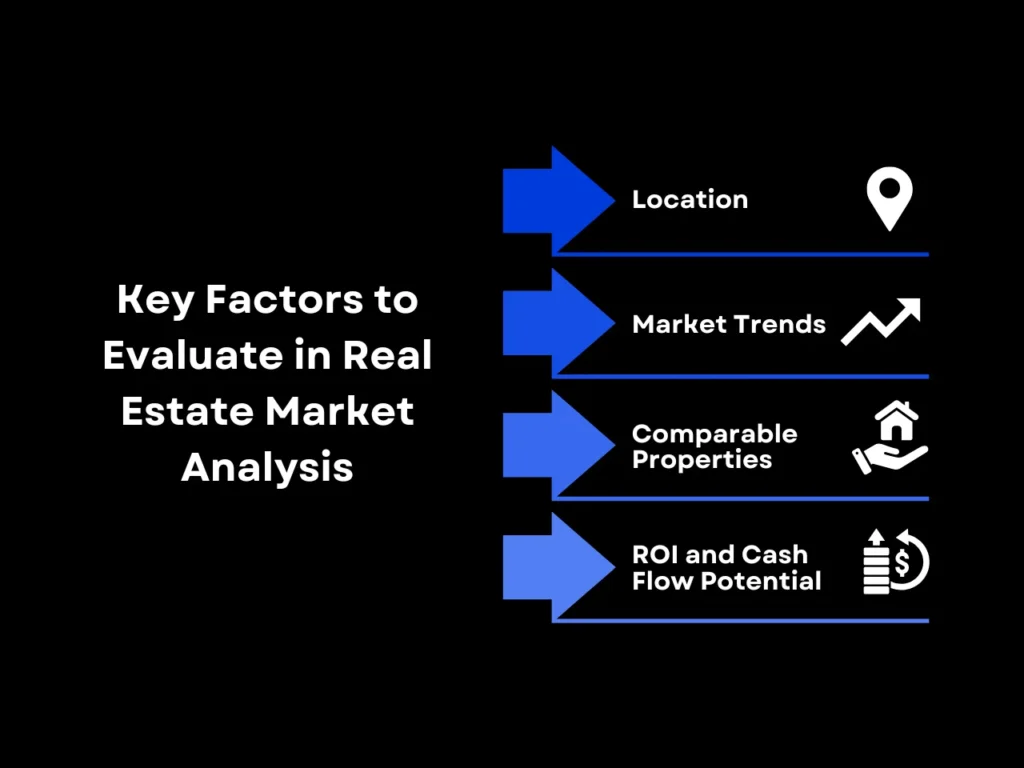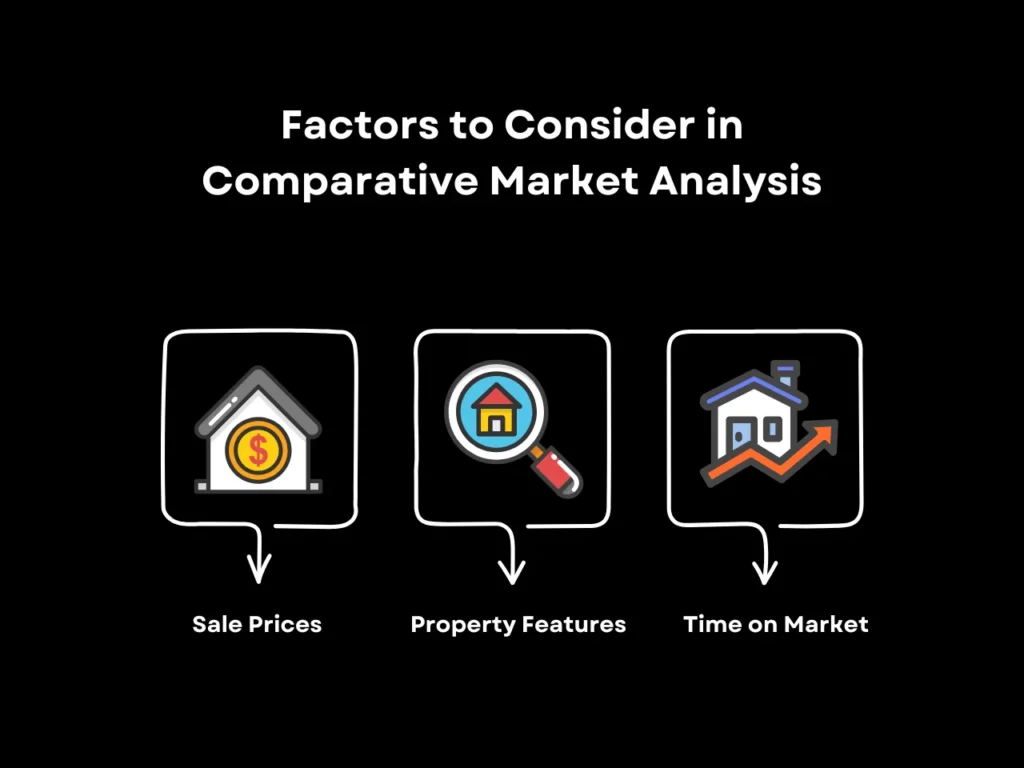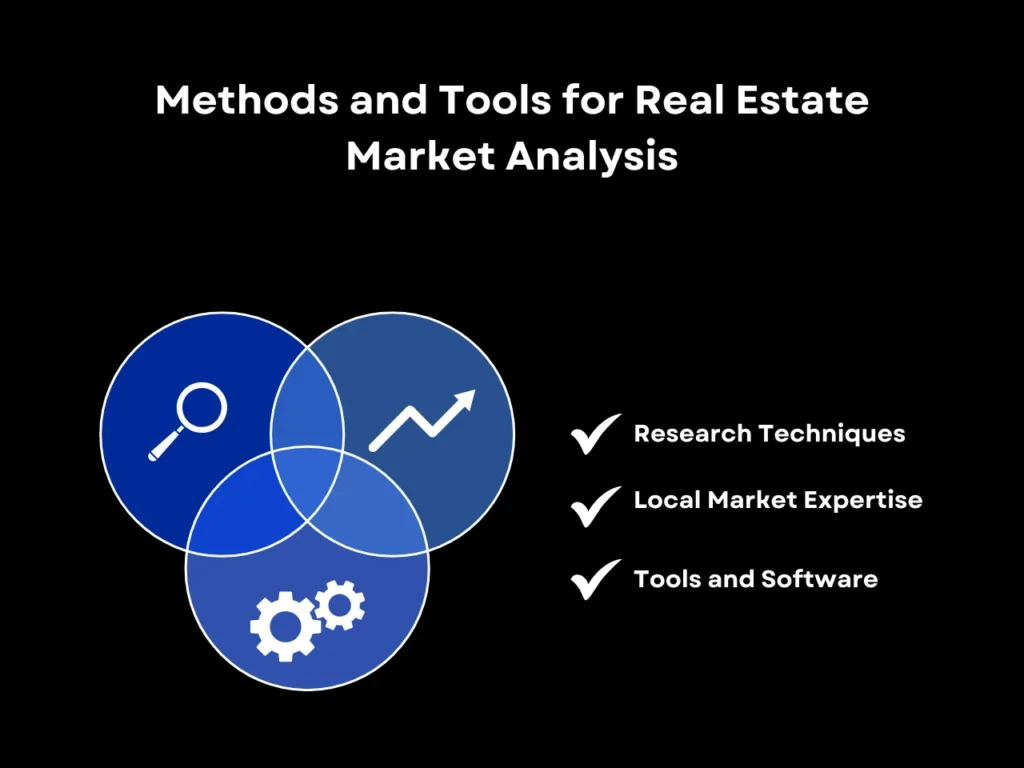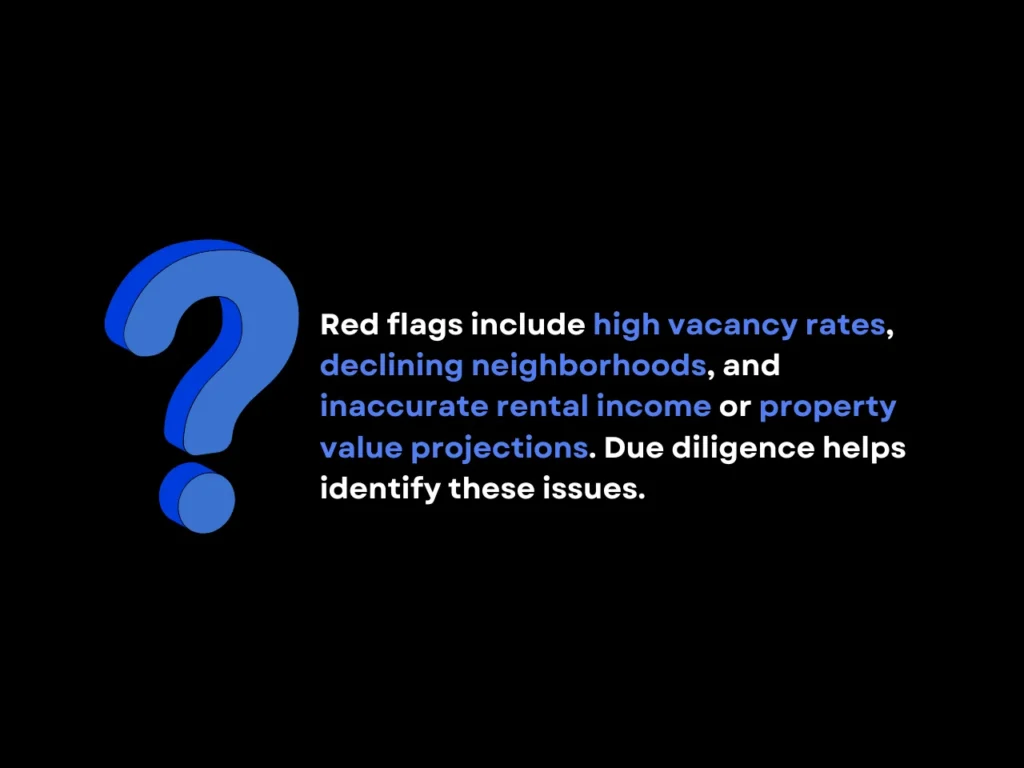Real estate investing offers numerous opportunities for wealth creation, but success can often hinge on conducting a thorough market analysis real estate. Understanding the dynamics of the market enables investors to assess property values accurately, forecast potential returns, and ultimately make informed decisions.
At Defy Mortgage, we simplify the investment property loan process with tailored lending solutions that can be tweaked to fit every investment scenario. From DSCR loans and jumbo loans to construction loans, each of our loan options offers fast, reliable pre-approvals. With our seamless platform and dedicated support, you can be sure to receive a simple and stress-free experience throughout the mortgage process.
In this guide, we’ll dive into the essential aspects of real estate market analysis. While we can’t offer you financial advice, we can discuss the primary factors taken into account during real estate investment analysis, as well as tools used to make the process quicker and easier.
Let’s get started.
Why Real Estate Market Analysis Matters
Conducting a comprehensive market analysis for real estate is crucial for investors aiming to make sound investment decisions. By evaluating current market conditions, investors can assess property values, forecast growth potential, and identify potential risks. This can help you avoid poor investment choices and focus on properties that can maintain viability.
Key Factors to Evaluate in Real Estate Market Analysis
Real estate market analysis requires a thorough evaluation of key factors such as location, market trends, comparable properties (comps), and return on investment (ROI). Understanding how these elements interact within a specific market helps investors identify high-growth areas, accurately assess property values, and determine long-term profitability.

Location
The adage “location, location, location” was popularized by the real estate marketing industry, and it is repeated to this day because of how central it is to the success of any property investment. A property’s surroundings directly impact its value, demand, and long-term appreciation potential. When analyzing a location, investors should evaluate the following:

- Neighborhood Desirability: Proximity to schools, public transportation, shopping centers, hospitals, and recreational areas affects property attractiveness. Areas with growing amenities tend to see increased housing demand.
- Absence of Health and Safety Risks: Low rates of crime and natural disasters lend themselves well to continued appreciation. Minimal air and noise pollution levels are also ideal.
- Economic Indicators: Employment rates, population growth, and median household income are crucial markers of a thriving market. A rising job market and an influx of new residents often signal sustained property appreciation.
- Infrastructure and Development: Planned infrastructure projects, such as new highways, transit systems, or commercial developments, can significantly boost property values. Researching upcoming projects and other potential changes that could enhance an area’s desirability can help you identify properties with the potential to surge.
It can also be helpful to check school district rankings and historical property appreciation trends to identify downturns and their likely causes ahead of time.
Market Trends
Whether you’re looking to invest in residential or commercial real estate, assessing current and projected real estate market trends can help you anticipate risks and opportunities before making a purchase. Some key trends to analyze include:

- Supply vs. Demand: Markets with limited housing inventory or high buyer interest are referred to as seller’s markets, so named because sellers can afford to raise their asking price due to the abundance of offers. Conversely, oversaturated markets with too many new developments may have reduced property price ranges to attract buyers who have a plethora of options, or stagnant ones if sellers aren’t willing to go lower.
- Property Price Trends: Reviewing how property listing prices have fluctuated in a particular neighborhood over the past 5-10 years can reveal whether a market is appreciating, stable, or declining. Properties in adjacent zip codes can have completely different price histories, so it’s often best to begin looking at price trends on a more localized level and move outward from there.
- Rental Yields and Vacancy Rates: High rental yields point to strong rental demand, while low vacancy rates suggest that properties are consistently occupied, both potentially indicating that the area is ideal for rental property investments. Keep in mind, however, that these signs are not a guarantee of rental income, so it’s essential to support this with more data to ascertain that the area is indeed experiencing a shortage of short-term properties that you can help fulfill.
Investors should also consider broader economic factors such as interest rates, inflation, and government policies, as these can also significantly impact market conditions.
Comparable Properties (Comps)
Comparing similar recently sold properties—commonly known as comps—is essential for determining a specific property’s fair market value. Key factors to consider when doing comparative market analysis include:

- Sale Prices: Reviewing recent sales of similar properties in the area helps investors avoid overpaying and understand local pricing trends.
- Property Features: The best comps have highly similar square footage, number of bedrooms and bathrooms, lot size, and overall condition. High similarity ensures an accurate valuation.
- Time on Market: A property that sells quickly in a given area may indicate strong demand, while prolonged listings may suggest an overpriced or undesirable market.
Comps are particularly important when negotiating purchase prices, judging whether you’re getting a good deal, estimating potential resale values, and assessing a property’s appreciation potential. Investors can access sales data for comparable homes and commercial properties through MLS listings, real estate platforms, and public records.
ROI and Cash Flow Potential
Evaluating return on investment involves comparing cash flow, also known as net profit or net operating income (NOI), with the total cost of the investment. These key metrics reveal the true earning potential of a real estate investment and are essential for determining whether a property will generate long-term profitability or become a financial burden:
- Cash Flow Assessment: A property’s cash flow is the difference between rental income and operating expenses. Positive cash flow means the investment generates consistent income, while negative cash flow means it is operating at a loss, and may require additional financial support to cover costs.
- Cap Rate Analysis: The capitalization rate (cap rate) measures a property’s net operating income (NOI) relative to its purchase price. The cap rate is used as a quick way to compare property profitability when deciding which one to purchase, with higher cap rates often indicating greater risk but also higher returns, while lower cap rates suggest more stable, lower-risk investments.
- ROI Calculation: ROI is determined by dividing the net profit, or the property’s cash flow, by the total investment cost, which includes all closing costs and insurance payments. A high ROI indicates strong profitability, but you should also account for additional expenses like property taxes, maintenance, and vacancy periods that can reduce returns.
Investors should also consider factors such as loan interest rates, property management fees, and projected rental demand to ensure their investment remains profitable. By carefully analyzing these financial indicators, investors can select properties that align with their income goals and risk tolerance.
Methods and Tools for Real Estate Market Analysis
Real estate market analysis can be a complex process with various data points to gather and take into account. For that reason, real estate investors use several tools and methods to gain a complete and accurate picture of their target market.

While we can’t provide financial advice, we can inform you about these tools and methods to help you develop your own approach to conducting market analysis.
Research Techniques
Utilizing public records, market reports, and online real estate platforms allows investors to gather critical data on property values, neighborhood trends, and economic conditions. Public records provide historical sales data and tax assessments, while market reports highlight broader trends in home prices and rental demand.
However, data alone may not reveal the full picture. You can also conduct field research by attending open houses, property auctions, and real estate seminars to understand today’s market and identify undervalued properties with strong potential. These research methods ensure a well-rounded approach to real estate market analysis by combining quantitative data with real-world observations.
Local Market Expertise
Networking with and consulting local real estate agents, appraisers, property managers, and other real estate investors can provide deeper insights into a market that may not be available through online research. These professionals offer nuanced perspectives on property values, rental demand, and economic drivers that influence current market trends.
Experienced real estate agents can highlight hidden opportunities in emerging neighborhoods, while appraisers provide property valuations based on home and market conditions. Property managers can offer crucial insights into tenant demand, vacancy rates, and rental pricing strategies, making them valuable partners for investors focused on rental income. Local expertise complements data-driven analysis to help you align your decisions more closely with your financial goals.
Tools and Software
Advanced real estate analysis tools streamline market research by offering real-time data and predictive analytics. Platforms such as Realtor.com, CoreLogic, and PropStream can help you access property values, rental yields, and neighborhood insights. These tools enable investors to compare properties, track market trends, and evaluate the long-term potential of an investment.
Financial calculators for cash flow, ROI, and cap rate projections help investors assess the profitability of a property. Tools like DealCheck and Roofstock’s investment calculator allow users to input expenses, mortgage rates, and rental income to determine expected returns before purchasing a property. Leveraging these digital solutions enhances decision-making and reduces the risk of costly investment mistakes.
Market Analysis Real Estate FAQ
What is real estate market analysis, and why is it important?
Real estate market analysis involves evaluating various factors such as location, market trends, comparable properties, and financial metrics to assess the viability of an investment. It’s important because it helps investors make informed decisions, minimize risks, and maximize returns.
How can I identify a growing real estate market?
Indicators of a growing market include increasing employment opportunities, population growth, infrastructure development, and rising property values. Researching these factors can help identify areas with strong growth potential.
What are the best tools for analyzing real estate markets?
The tools offered by platforms such as Realtor.com, CoreLogic, and PropStream can provide important data on property values, market trends, and neighborhood statistics. Meanwhile, financial calculators for ROI, cash flow, and cap rates can help simplify and speed up your analysis.
How do I calculate ROI on a real estate investment?
ROI is calculated by dividing the net profit from the investment by the initial cost of the investment. Net profit is calculated by taking the property’s rental income and deducting operating costs, including maintenance, and initial cost includes all closing costs for the mortgage. This metric helps assess a property’s profitability.
What red flags should I watch for when evaluating a property?

When evaluating potential investment opportunities, you should look out for high vacancy rates, declining neighborhood conditions, and inaccuracies in rental income projections and property value. Be sure to verify market data and conduct thorough due diligence.
How often should I update my market analysis?
It’s recommended to update your market analysis every 3 months, as significant economic or market changes can occur within very short timeframes. In particularly volatile markets, or if you plan on buying and selling in short intervals, it would be even better to update your analysis at least once a month.
Key Takeaway
Market analysis of real estate is a critical step in property investment that can inform you of the most viable opportunities and risks to avoid. Key factors such as location, comparable properties, financial metrics, and market trends can give you a more accurate idea of a property’s long-term profitability.
Utilizing various research methods, including public records, market reports, field research, and expert consultations, ensures a well-rounded perspective on a property’s potential. Additionally, leveraging digital tools can streamline the analysis process, providing real-time data on property values and rental trends.
Are you ready to take the next step? Schedule a free consultation with Defy to explore your options and brainstorm a streamlined pathway toward financial success.




